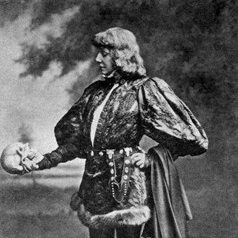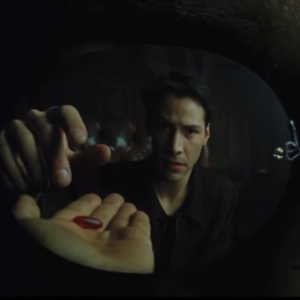مقالات
مقالات روانکاوی

The Architect’s Path to Freedom
This paper deconstructs the symbolic architecture of control and liberation through an interdisciplinary lens, weaving together Islamic esotericism, art history, and psychoanalysis. Beginning with the magic squares of Ahmad al-Būnī—understood as pre-modern algorithms for binding angels—it traces their influence to Albrecht Dürer’s engraving Melencolia I. The analysis centers on two
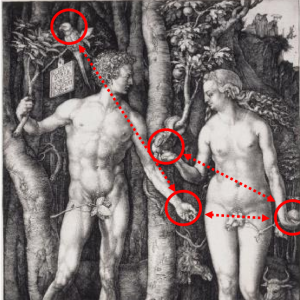
The Melancholic Pillars
This essay explores the architectural and philosophical concept of “orthogonality” through the lens of melancholia. It posits that the fundamental, perpendicular structure of pillars serves not only as a physical support but also as a diagrammatic representation of the human condition—a structure simultaneously embodying strength and the profound weight of
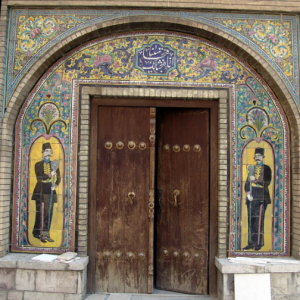
The Orthogonality Between “Home” and “House”
A house shelters you from the world; a home reveals who you are within it. Let us start with etymology. There is a lot that we can learn from the etymology of “house” and “home”, showing how these terms evolved to differentiate as well as represent both physical and emotional
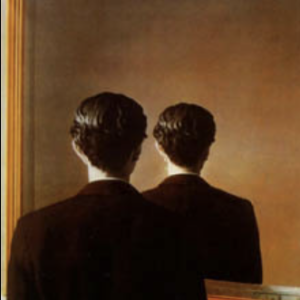
The Paradox of Zoleikha: Near Yet Distant
This working paper explores Lacan’s Seminar XIII, Session 7, through the figure of Zoleikha, the wife of Potiphar in Islamic accounts. Drawing on Lacanian concepts of demand, desire, and topological structures like the torus, it examines her obsessive love for Joseph as a paradoxical shift from metonymy to metaphor. Insights
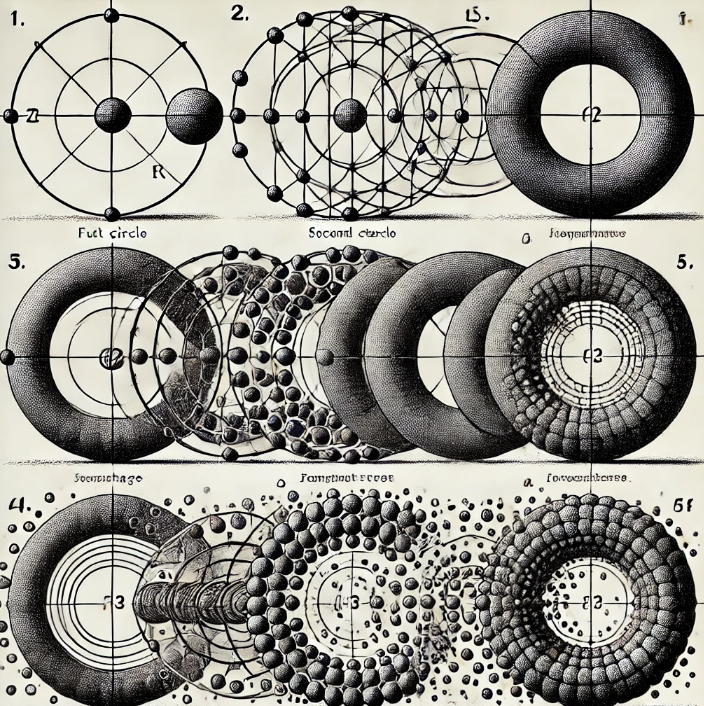
The point is…
This is one of the first texts written for the project ‘The Point Is…,’ a visual philosophical endeavor that I hope to collaborate on with Claudio Sagribi in 2025, or whenever The Point reveals some of its hidden features to us.
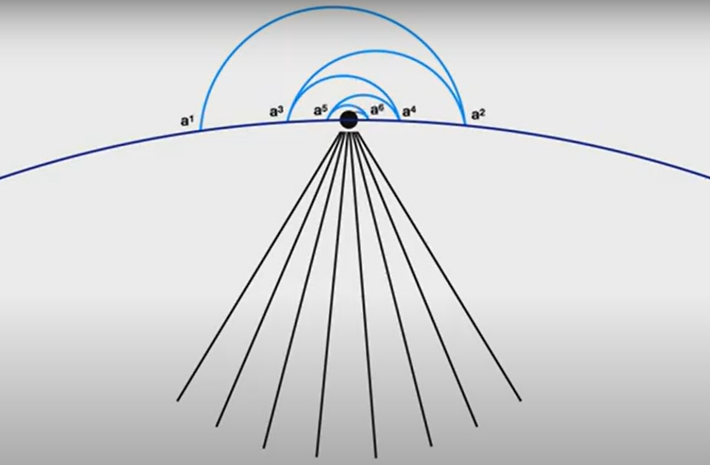
The Wife of Potiphar: The Fractal Path of Inversion Circles
The story of the wife of Potiphar reflects how desire spirals within the Big Other (the symbolic order). The Big Other, often represented as “A,” structures the subject’s world: She named everything after his name, Joseph. The Big Other determines what is possible and what is forbidden, operating within the
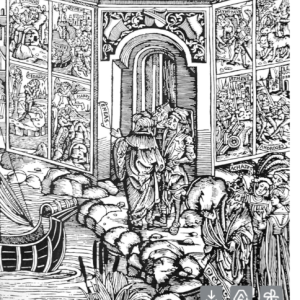
The Cut That Says “Please”
This essay explores how a simple grammatical slip—like a misspelled “skeepdog”—can act as a “faulty instruction” that reveals the hidden structure of desire and language, as theorized by Jacques Lacan. Using the mathematical metaphor of the neglected “phi prime” (φ’), the shadow twin of the golden ratio, the author argues
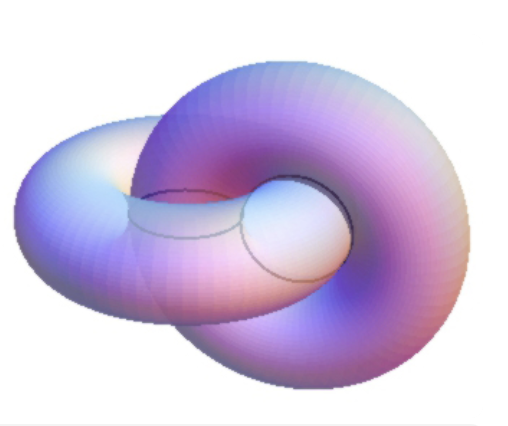
The Loophole at the Origin: On x = 1/y, Nested Tori, and the Blindness of Continuity
The Loophole at the Origin: On x = 1/y, Nested Tori, and the Blindness of Continuity Iraj E. Ghoochani Abstract: This essay explores the topological, psychoanalytic, and poetic implications of the reciprocal function x=1/y. Drawing from Lacanian topology, projective geometry, and metaphorical logic, we investigate how singularity at the origin
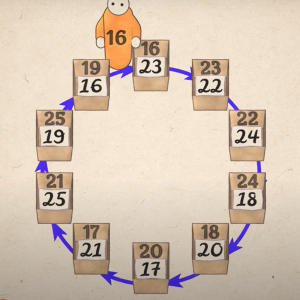
The Loop, the Cut, and the Voice
Before diving in, the reader is encouraged to watch Veritasium’s video “The Riddle That Seems Impossible Even If You Know the Answer” (link), which clearly introduces the 100 prisoners riddle. This logical puzzle will serve as the structural foundation for the Lacanian exploration that follows.
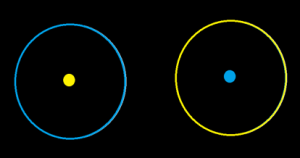
Ethnotopology (The Intersection of Culture and Topology) and Anamorphic Shifts
تعمید و کجسم بحثی در «اتنوتوپولوژی» ایرج اسماعیلپور قوچانی برای آنامورفوز Anamorphism معادلی نیافتم عجالتاْ یک واژه مندرآوردی از نامید: سم» «کج میتوان آن را ترکیب کج و تجسم. تجسمی کج از چیزی. Ethnotopology (The Intersection of Culture and Topology) and Anamorphic Shifts: Copernican Inversions Through Invisible Inversion Circles
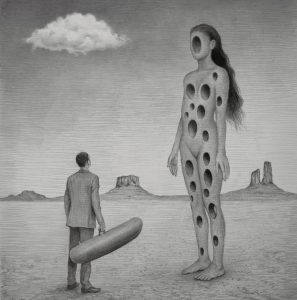
بدن «نهتمام» و بیشخصیتی در هنر بدنی زنان: خوانشی لاکانی
نوشته شیما غلامرضایی این مقاله با تکیه بر نظریههای روانکاوانه ژاک لاکان، نقش بدن زن در هنر مفهومی و اجرا پس از دهه ۱۹۶۰ را بررسی میکند. با بهرهگیری از مفاهیم لذتجویی زنانه (jouissance)، ساختار «نهتمام» (pas-toute)، نگاه (gaze) و مرزهای ثبت نمادین، این پژوهش استدلال میکند که هنر بدنی
مقالات روانکاوی و هنر
مقالات روانکاوی و ادبیات
مقالات روانکاوی و مردمکاوی
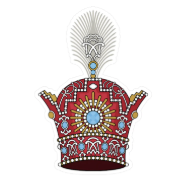
Dream of the Shah Iraj E. Ghoochani This essay serves as a supplementary reflection on my dissertation titled Bābā Āb Dād:
